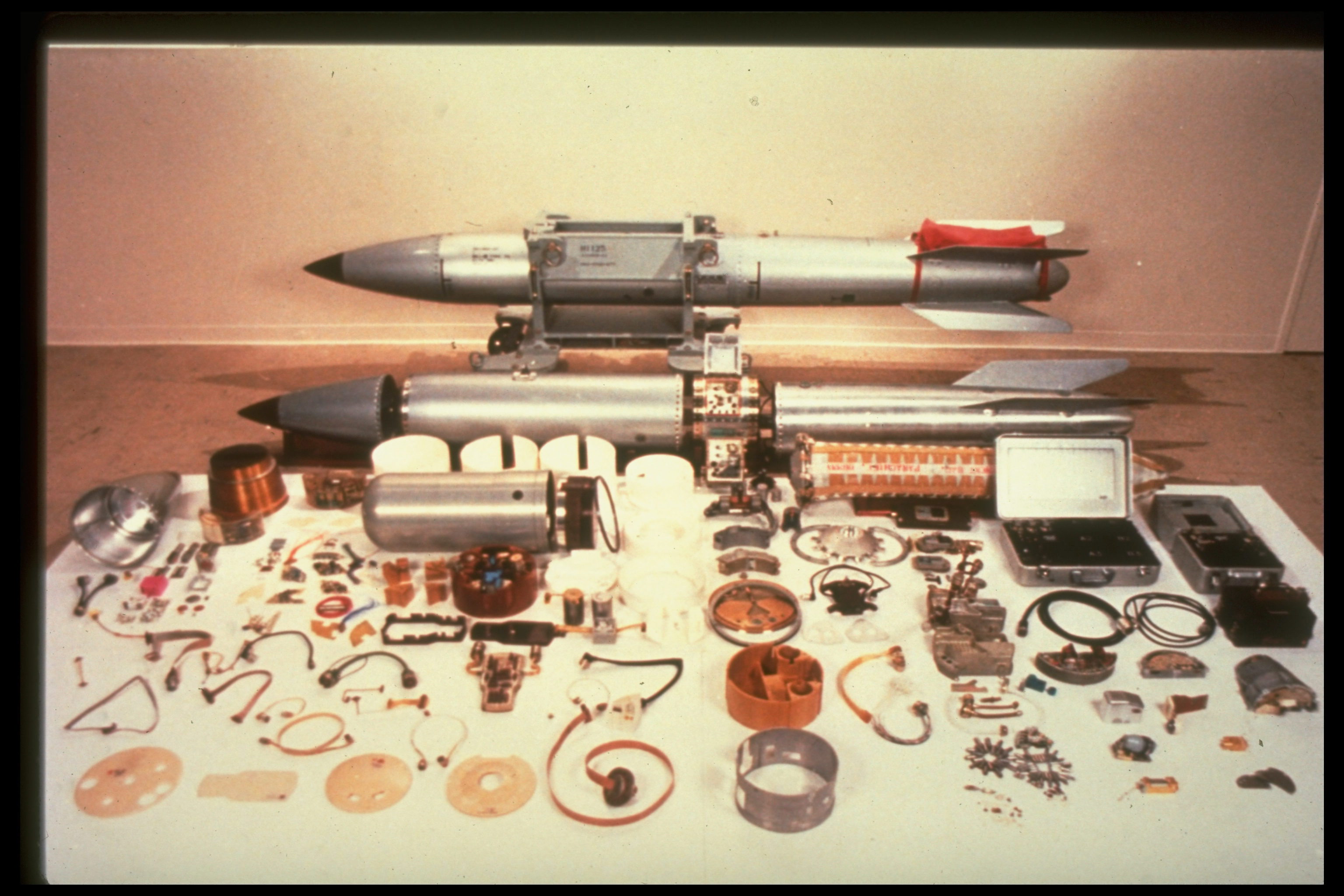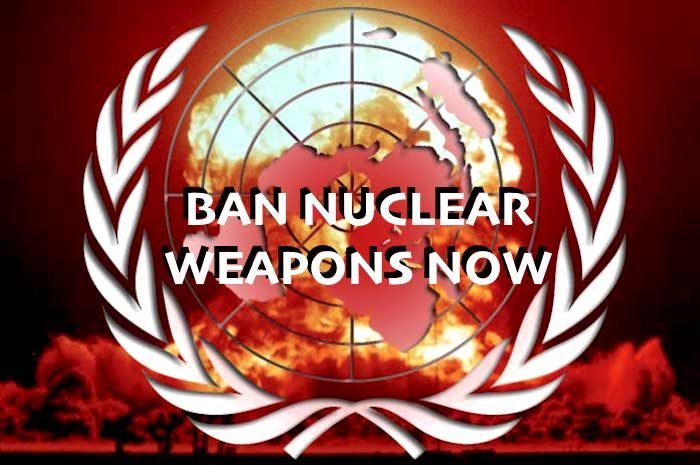
Why It’s Safe to Scrap America’s ICBMs
William J. Perry / The New York Times
(September 30, 2016) — In recent years, Russia and the United States have started rebuilding their Cold War nuclear arsenals, putting the world on the threshold of a dangerous new arms race. But we don’t have to repeat the perilous drama of the 20th century. We can maintain our country’s strength and security and still do away with the worst of the Cold War weapons.
The American plan to rebuild and maintain our nuclear force is needlessly oversize and expensive, expected to cost about $1 trillion over the next three decades. This would crowd out the funding needed to sustain the competitive edge of our conventional forces and to build the capacities needed to deal with terrorism and cyberattacks.
The good news is that the United States can downsize its plans, save tens of billions of dollars, and still maintain a robust nuclear arsenal.
First and foremost, the United States can safely phase out its land-based intercontinental ballistic missile (ICBM) force, a key facet of Cold War nuclear policy. Retiring the ICBMs would save considerable costs, but it isn’t only budgets that would benefit. These missiles are some of the most dangerous weapons in the world. They could even trigger an accidental nuclear war.
If our sensors indicate that enemy missiles are en route to the United States, the president would have to consider launching ICBMs before the enemy missiles could destroy them; once they are launched, they cannot be recalled. The president would have less than 30 minutes to make that terrible decision.
This is not an academic concern. While the probability of an accidental launch is low, human and machine errors do occur. I experienced a false alarm nearly 40 years ago, when I was under secretary of defense for research and engineering. I was awakened in the middle of the night and told that some Defense Department computers were showing 200 ICBMs on the way from the Soviet Union.
For one horrifying moment I thought it was the end of civilisation. Then the general on the phone explained that it was a false alarm. He was calling to see if I could help him determine what had gone wrong with the computer.

During the Cold War, the United States relied on ICBMs because they provided accuracy that was not then achievable by submarine-launched missiles or bombers. They also provided an insurance policy in case America’s nuclear submarine force was disabled.
That’s not necessary anymore. Today, the United States’ submarine and bomber forces are highly accurate, and we have enough confidence in their security that we do not need an additional insurance policy ” especially one that is so expensive and open to error.
As part of the updates to America’s nuclear arsenal, the government is also planning to replace nuclear-armed submarines and bombers. If we assume that the Defense Department is critically analyzing the number of systems needed, this makes far more sense than replacing ICBMs. The submarine force alone is sufficient to deter our enemies and will be for the foreseeable future.
But as technology advances, we have to recognize the possibility of new threats to submarines, especially cyberattack and detection by swarms of drones. The new submarine programme should put a special emphasis on improvements to deal with these potential threats, assuring the survivability of the fleet for decades to come.
The new stealth bomber will provide a backup to submarines. This is not likely to be necessary, but the bomber force is a good insurance policy. The new bomber would be capable of carrying out either conventional or nuclear missions. But the development of new air-launched nuclear cruise missiles, which has been proposed, is unnecessary and destabilizing. We can maintain an effective bomber force without a nuclear cruise missile.
Instead of overinvesting in nuclear weapons and encouraging a new arms race, the United States should build only the levels needed for deterrence. We should encourage Russia to do the same. But even if it does not, our levels of nuclear forces should be determined by what we actually need, not by a misguided desire to match Moscow missile for missile. If Russia decides to build more than it needs, its economy will suffer, just as during the Cold War.
The Obama administration says it is looking for ways to reduce nuclear dangers. If this examination leads to a reduction in planned nuclear programs and costs, it would be consistent with the Democratic Party’s new platform, which states that the party “will work to reduce excessive spending on nuclear weapons-related programs that are projected to cost $1 trillion over the next 30 years.”
Russia and the United States have already been through one nuclear arms race. We spent trillions of dollars and took incredible risks in a misguided quest for security. I had a front-row seat to this. Once was enough. This time, we must show wisdom and restraint. Indeed, Washington and Moscow both stand to benefit by scaling back new programs before it is too late. There is only one way to win an arms race: Refuse to run.
William J Perry was US Secretary of Defense from 1994 to 1997. His is author of the memoir My Journey at the Nuclear Brink.

To Avoid Armageddon,
Don’t Modernize Missiles — Eliminate Them
Daniel Ellsberg and Norman Solomon / The Nation
October 19, 2021) — The single best option for reducing the risk of nuclear war is hidden in plain sight. News outlets don’t mention it. Pundits ignore it. Even progressive and peace-oriented members of Congress tiptoe around it. And yet, for many years, experts have been calling for this act of sanity that could save humanity: Shutting down all of the nation’s intercontinental ballistic missiles.
Four hundred ICBMs dot the rural landscapes of Colorado, Montana, Nebraska, North Dakota, and Wyoming. Loaded in silos, these missiles are uniquely—and dangerously—on hair-trigger alert. Unlike the nuclear weapons on submarines or bombers, the land-based missiles are vulnerable to attack and could present the commander in chief with a sudden use-them-or-lose-them choice.
“If our sensors indicate that enemy missiles are en route to the United States, the president would have to consider launching ICBMs before the enemy missiles could destroy them. Once they are launched, they cannot be recalled,” former Defense Secretary William Perry warns. “The president would have less than 30 minutes to make that terrible decision.”

The Solution Is Simple
The single best option for reducing the risk of nuclear war is hidden in plain sight. News outlets don’t mention it. Pundits ignore it. Even progressive and peace-oriented members of Congress tiptoe around it. And yet, for many years, experts have been calling for this act of sanity that could save humanity: Shutting down all of the nation’s intercontinental ballistic missiles.
Four hundred ICBMs dot the rural landscapes of Colorado, Montana, Nebraska, North Dakota, and Wyoming. Loaded in silos, these missiles are uniquely—and dangerously—on hair-trigger alert. Unlike the nuclear weapons on submarines or bombers, the land-based missiles are vulnerable to attack and could present the commander in chief with a sudden use-them-or-lose-them choice.
“If our sensors indicate that enemy missiles are en route to the United States, the president would have to consider launching ICBMs before the enemy missiles could destroy them. Once they are launched, they cannot be recalled,” former Defense Secretary William Perry warns. “The president would have less than 30 minutes to make that terrible decision.”
The danger that a false alarm on either side—of the sort that has occurred repeatedly on both sides—would lead to a preemptive attack derives almost entirely from the existence on both sides of land-based missile forces, each vulnerable to attack by the other; each, therefore, is kept on a high state of alert, ready to launch within minutes of warning. The easiest and fastest way for the US to reduce that risk—and, indeed, the overall danger of nuclear war—is to dismantle entirely its Minuteman III missile force.
Gen. James E. Cartwright, a former vice chair of the Joint Chiefs of Staff, who had been commander of the Strategic Command, teamed up with former Minuteman launch officer Bruce G. Blair to write in a 2016 op-ed piece: “By scrapping the vulnerable land-based missile force, any need for launching on warning disappears.”
But rather than confront the reality that ICBMs—all ICBMs—are such a grave threat to human survival, the most concerned members of Congress have opted to focus on stopping new ones from taking the place of existing ones.
A year ago, the Air Force awarded Northrop Grumman a $13.3 billion “engineering and manufacturing development” contract for replacing the current Minuteman III missiles with a new generation of ICBMs named the Ground Based Strategic Deterrent.
Current projections peg the overall cost over the next five decades at $364 billion. Northrop Grumman calls the GBSD “the modernization of the ground-based leg of the nuclear triad.” But if reducing the dangers of nuclear war is a goal, the top priority should be to remove the triad’s ground-based leg — not modernize it.
Posted in accordance with Title 17, Section 107, US Code, for noncommercial, educational purposes.